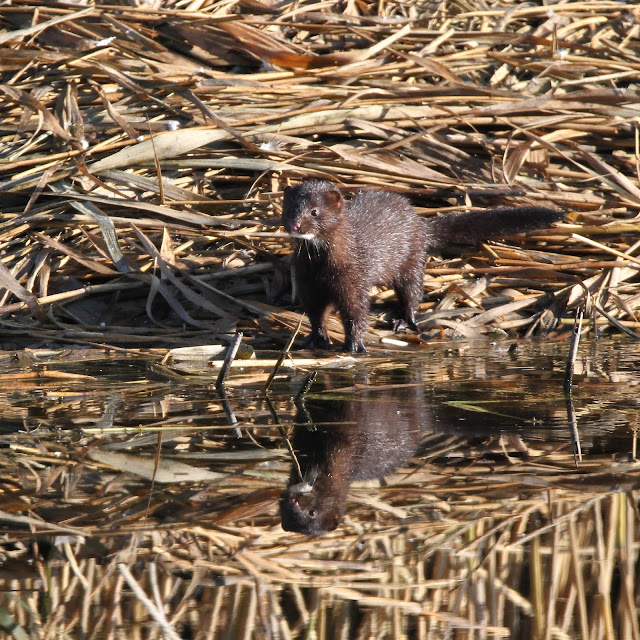It has a very different fishing technique from a grey heron as it runs about in the shallows in search of small fish.
This photo shows the size of a little egret relative to a black-headed gull. The gull was intruding on the egret's personal space and was chased away.
Not so long ago this was a rare British bird. It first arrived from France around 25 years ago and has been breeding here since 1996. Its numbers have increased every year as it has spread north apart from a setback after the very cold winter of 2010/2011. The data below are from the BTO Wetland Bird Survey (WeBS).
Little egrets are mainly found in the south and east of the country. This map shows their breeding distribution in the latest Bird Atlas.
This map shows their winter distribution.
Judging from these data, I expect the little egret will soon be a regular breeding bird up here in the North East. You can listen to the BBC Radio 4 Tweet of the Day on the little egret here.





















































